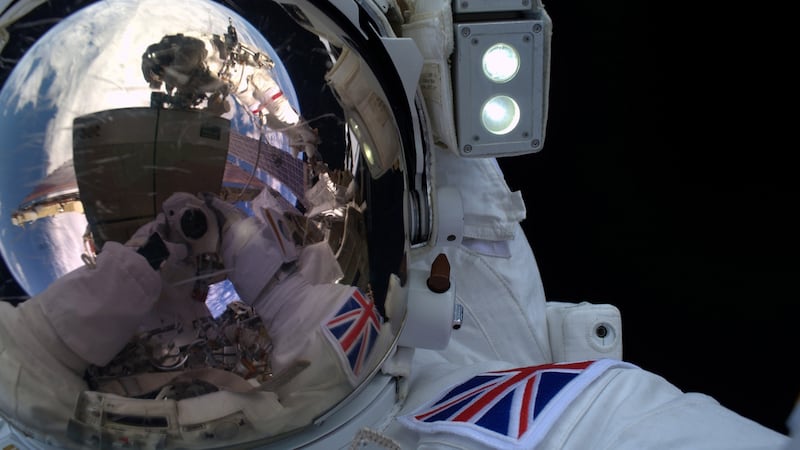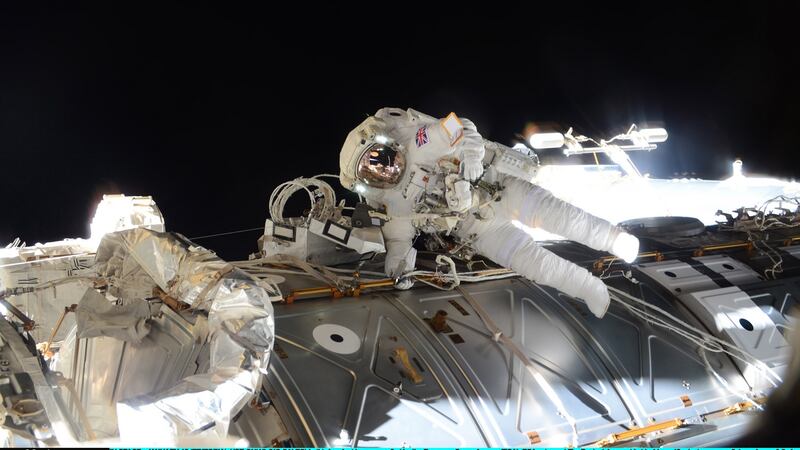British astronaut Tim Peake has said he will never forget his "exhilarating" first walk in space as he posted a selfie of the feat.
Major Peake tweeted for the first time since he became the first Briton to complete an Extra-Vehicular Activity (EVA) or spacewalk.
“Today’s exhilarating spacewalk will be etched in my memory forever — quite an incredible feeling,” he wrote.


Today’s exhilarating #spacewalk will be etched in my memory forever – quite an incredible feeling! pic.twitter.com/84Dn3gHA70
— Tim Peake (@astro_timpeake) January 15, 2016His message was accompanied by three photos including a selfie showing his camera in the reflection of his helmet.
He later thanked his colleagues, writing: “Wrapping up today’s spacewalk activities. Huge thanks to the ground teams who make it all possible & keep us safe out there — you guys rock!”
Major Peake’s mission ended early after a water bubble was detected in the helmet of his American colleague Tim Kopra.
Voltage regulator
The British astronaut helped complete the crew's primary task of repairing a broken voltage regulator and headed back to the International Space Station (ISS) after four hours and 43 minutes instead of the planned six-and-a-half hours.
Live footage showed them safely returning to the ISS’s airlock area and the thermal cover being closed behind them.
After the operation was terminated by the lead Flight Director, Major Peake and Colonel Kopra were told to spend some time cleaning up their tools before heading to safety.
Nasa said the termination was a precaution.
A tweet from its official account said: “As a precaution, spacewalk terminated due to small amount of water in Tim’s helmet.”
Colonel Kopra offered his thanks to the ground staff for ensuring their safety.
Colonel Kopra’s helmet-absorption pad, along with a sample of the water bubble taken with a syringe, will be analysed to determine what caused it to form.
Crew member Scott Kelly photographed Major Peake’s gloves for “future reference and inspection”, the ESA said, before his helmet was removed too.
Proud family
Earlier, Major Peake's parents, Nigel and Angela Peake, beamed with pride as they watched their son's progress from their living room in Westbourne, Emsworth, Hampshire.
Mr Peake said: “It’s amazing, the photographs from space are incredible.
“For us, we have immense pride, but also immense gratitude to all the people who are supporting Tim and the other astronauts.”
New flight rules were brought into effect after a similar incident took place in 2013, when Luca Parmitano had a large amount of water fill his helmet.
CO2 sensors have been fitted in the helmets of astronauts since then, and these helped alert Colonel Kopra to the problem.
PA










